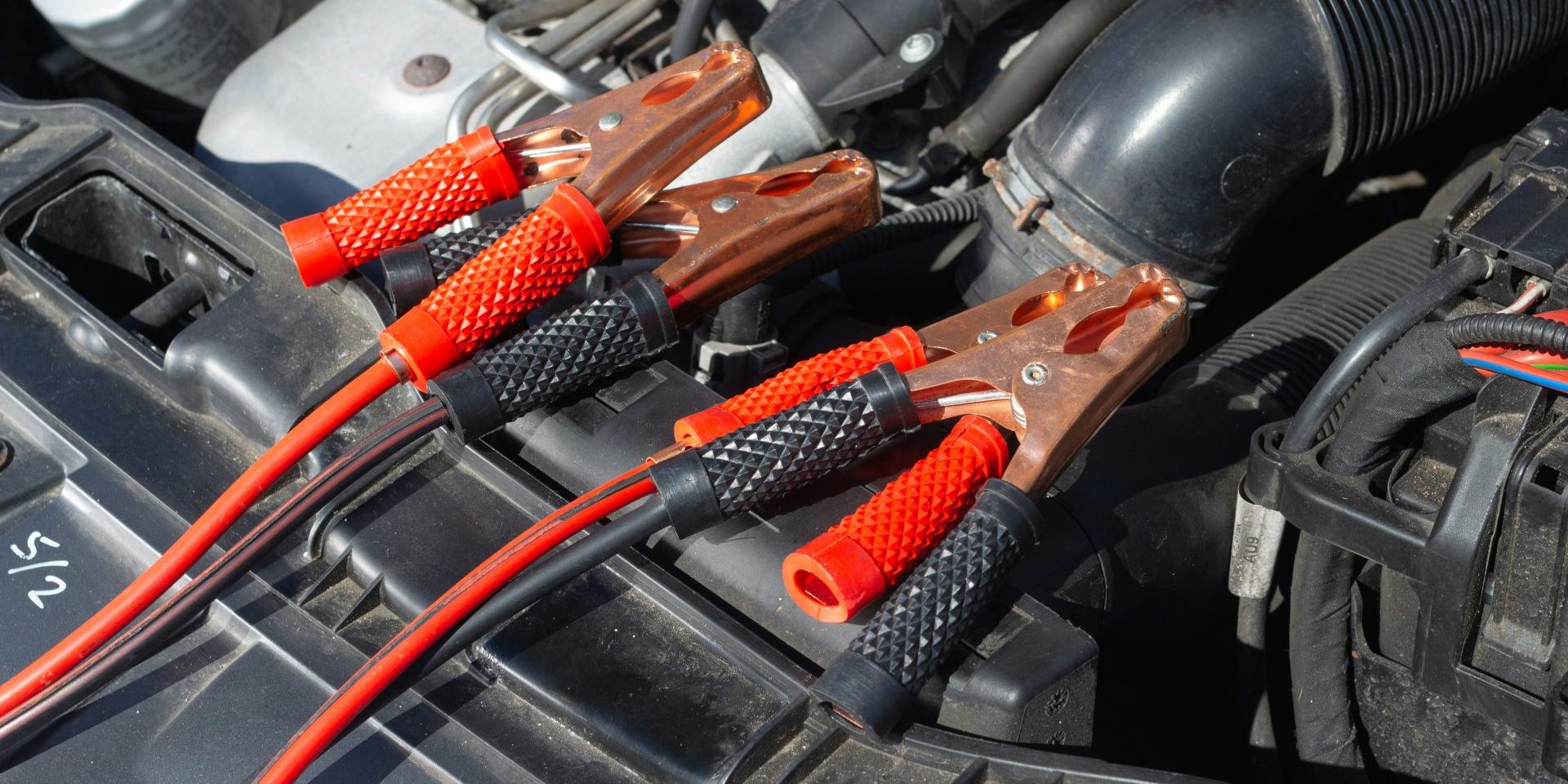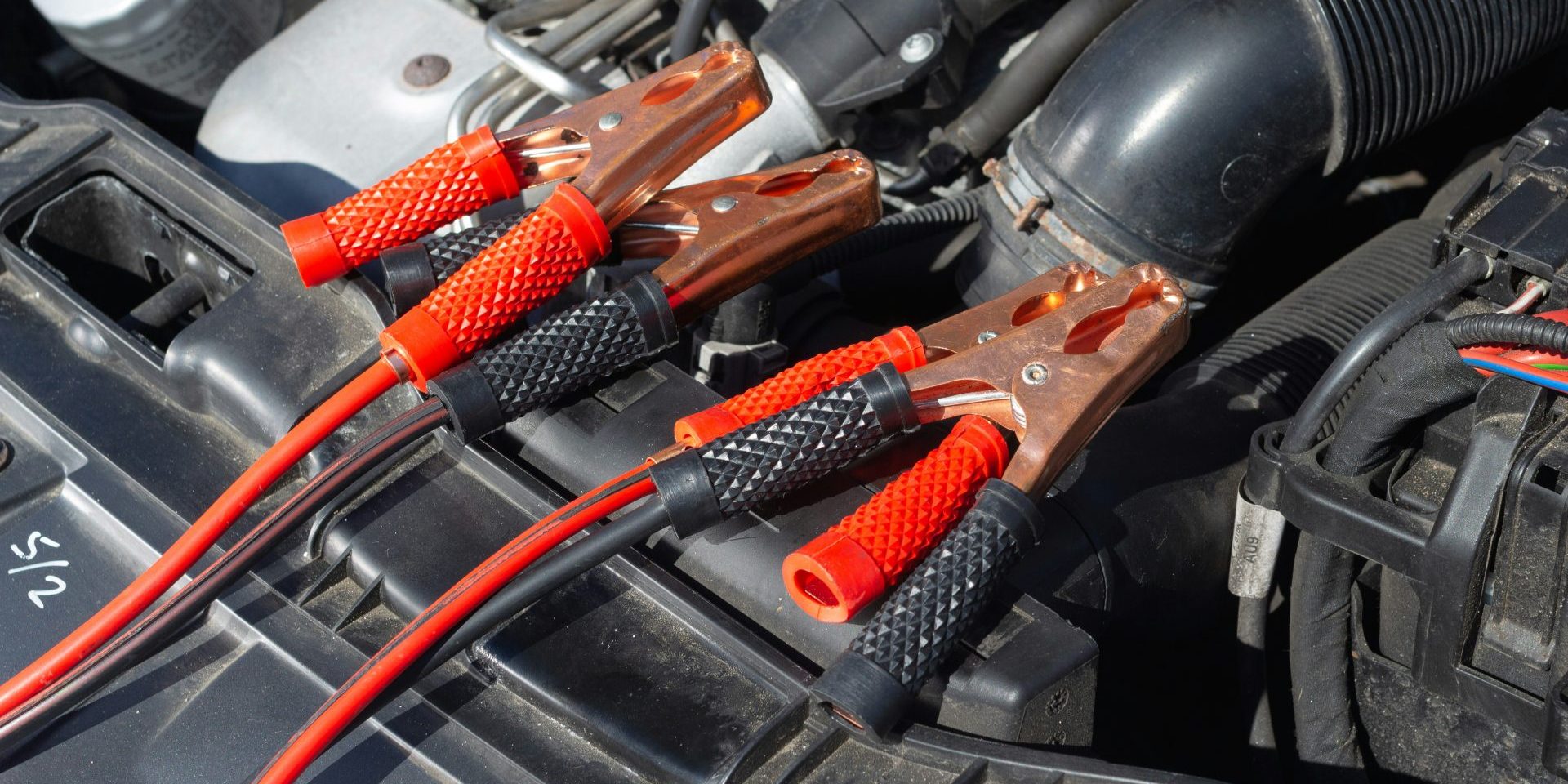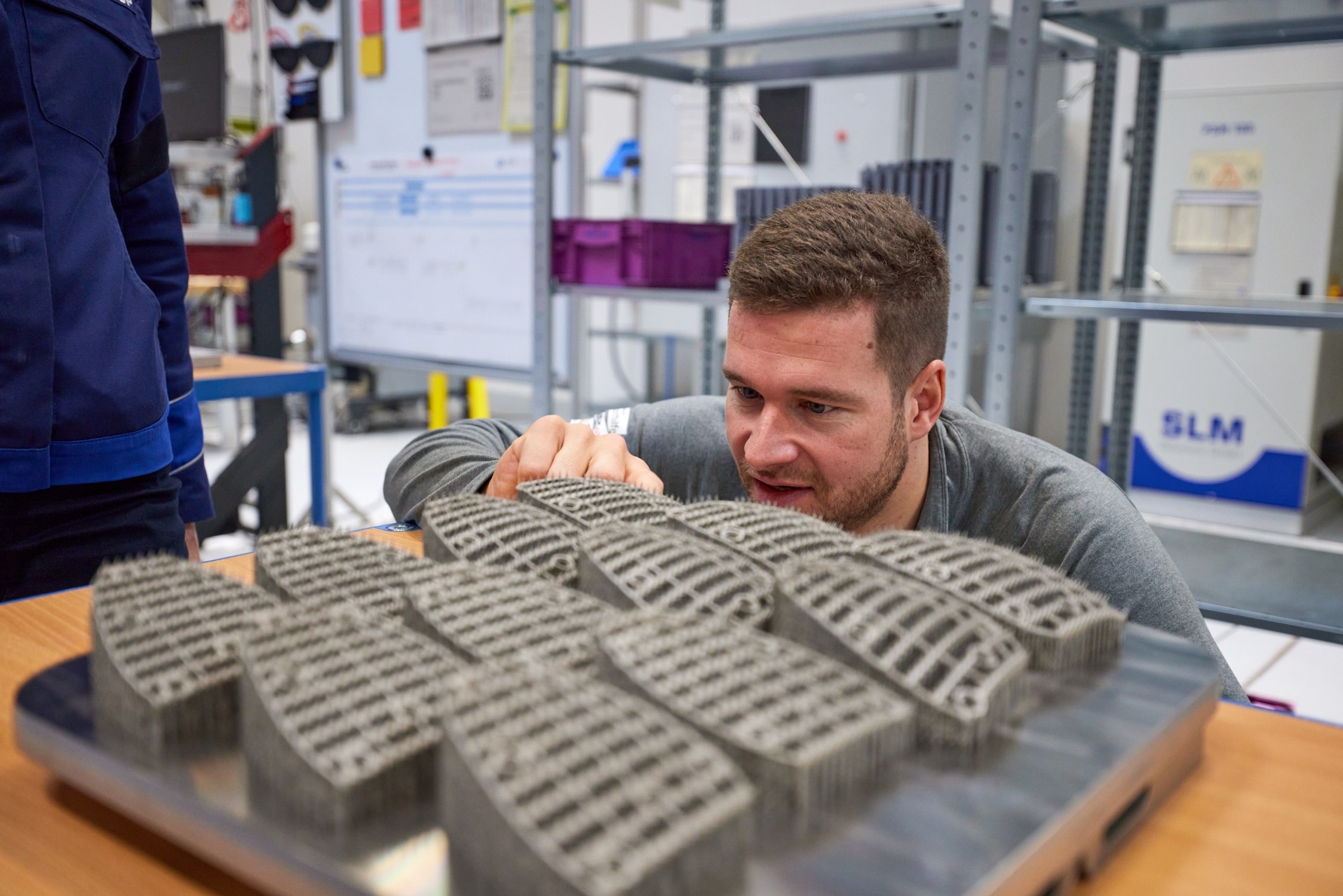Why Does My Car Battery Keep Dying: Common Causes and Solutions


A car battery dying repeatedly can be a frustrating experience for any vehicle owner. A healthy battery is vital for starting an engine and providing power to the electrical components of a vehicle, but various factors can lead to its untimely demise. Understanding the common causes of battery failure can help car owners prevent the inconvenience of a dead battery. Issues range from internal to external factors, such as the condition of the charging system, the impact of environmental temperatures, and the effect of driving habits on battery health.
Maintaining a car battery requires awareness of how it interacts with the vehicle’s electrical system. A battery loses charge over time and needs to be recharged by the alternator; however, problems within the charging system can lead to incomplete charging cycles. Additionally, short trips and frequent starting without adequate running time may not allow the battery to recharge fully. Drivers should be aware of signs that suggest a battery or alternator might be failing, such as dim headlights, slow engine cranking, or warning lights on the dashboard.
Key Takeaways
- Repeated car battery failures can stem from various preventable issues.
- Regular vehicle maintenance helps in early detection of electrical issues.
- Understanding vehicle demands and driving habits contributes to battery longevity.
Common Reasons for Battery Drain
A vehicle’s battery can die for several reasons, but two common culprits are parasitic drains and the negligent use of lights and electronics.
Parasitic Drains
Parasitic drain refers to the electrical power that is consumed after the vehicle has been shut off. While all vehicles have a slight normal drain due to the memory functions of the electronics, excessive parasitic drains can occur due to faulty wiring, malfunctioning fuses, or electrical components staying on. Common devices that can cause a parasitic draw include alarm systems, car computers, and other electrical accessories.
- Normal vs. Excessive Drain:
- Normal: Memory functions for clocks, radios, etc.
- Excessive: Malfunctioning components drawing power unnecessarily
Lights Left On and Electronics Usage
Leaving the dome light, headlights, or even a faulty radio on when the car is not running can drain the battery. Prolonged use of electronics, such as charging devices without the engine on, also contributes to battery depletion.
- Commonly Forgotten Lights and Electronics:
- Interior lights (e.g., dome lights)
- Headlights and parking lights
- Trunk, glove compartment, and other small lights
How a Charging System Works
The charging system in a vehicle ensures that the car battery is recharged during operation and that the electrical components receive the consistent power they require. This process involves maintaining proper voltage levels and managing amperage output effectively.
Role of the Alternator
The alternator is the primary component of the charging system. It converts mechanical energy from the engine’s belt system into electrical energy for charging the car battery. It operates on the principle of electromagnetic induction, which allows it to generate alternating current (AC). This AC is then converted to direct current (DC), which is suitable for the car battery and the electrical systems. Without a functioning alternator, the battery would quickly deplete its charge, leaving the electrical systems without power.
Voltage and Amperage in Charging
Voltage and amperage are key to the charging process:
- Voltage: This is the force that pushes electrical current through the car’s circuitry. The alternator must generate an output greater than the battery’s voltage to charge it, typically around 13.5 to 14.5 volts.
- Amperage: This refers to the volume of electricity flowing through the system and differs based on the vehicle’s demand. The alternator adjusts amperage output to meet the needs of the battery and electrical components, ensuring that systems have enough power without overcharging the battery.
To operate effectively, the charging system monitors voltage and amperage, balancing the power production to match the vehicle’s requirements, resulting in a stable supply of energy for the car’s electrical needs.
The Impact of Cold Weather
Cold weather has a notable effect on car battery performance. As temperatures drop, car batteries are prone to experiencing reduced efficiency and potential failure.
Car Battery Performance in Low Temperatures
When temperatures plunge, car batteries suffer a double setback. Their capacity to store charge decreases, and the engines they start require more power to overcome the thickened engine oil resistance. Here’s a closer look:
- Reduced Battery Capacity: The chemical reactions within a car battery slow down in colder weather, thereby reducing the battery’s ability to hold a charge. This can result in a battery that is less capable of starting a vehicle.
- Amperage Requirements: Engines demand more amperage from the battery to start in extreme cold, as the oil inside the engine becomes more viscous. This increased demand can deplete a battery that’s already compromised by low temperatures.
Car batteries can lose as much as 20% of their capacity at 32°F compared to their performance at optimal conditions. The loss is even more severe when the mercury drops further. Regular maintenance, including checking the battery’s charge and ensuring the terminals are clean, can help mitigate some of these cold weather effects.
Battery Maintenance Tips
Maintaining a car battery is essential for ensuring its longevity and reliability. Heed the following advice to help prevent unexpected battery failures.
Regular Visual Inspections
Regular visual checks are a key line of defense against battery issues. A monthly visual inspection can alert one to possible concerns such as loose connections and the presence of corrosion. It’s advisable to inspect the battery’s terminals, cables, and fasteners to ensure they are secure and free from damage. Additionally, look for signs of battery case damage, such as cracks or bulges which could indicate internal problems.
Cleaning Battery Terminals
The battery terminals are prone to corrosion, which can impede the flow of electricity. To maintain a clean connection, one can use a simple cleaning solution of baking soda and water. Apply the mixture to the corroded areas and use a brush to scrub the terminals thoroughly. After cleaning, rinse the area with water and dry it completely to prevent future corrosion. Regular cleaning will help maintain clean and conductive battery connections, extending the battery’s functional lifespan.
Troubleshooting a Dead Battery
When faced with a dead car battery, using correct testing methods is essential for proper diagnosis. These strategies involve checking the battery’s voltage and its ability to maintain a charge under load.
Using a Multimeter
A multimeter is an essential tool for determining whether the battery is the source of the problem. To use a multimeter:
- Set the multimeter to the DC voltage setting, usually denoted by a ‘V’ with a straight line.
- Connect the multimeter probes to the battery terminals—positive to positive (+ to +) and negative to negative (- to -).
- Read the voltage level on the multimeter:
- A healthy battery should read around 12.6 volts when the car is off.
- A reading below 12.2 volts indicates a charged battery might be below the necessary level for starting the car.
Load Testing the Battery
Load testing further evaluates battery health by simulating the electrical draw of starting a car. To load test:
- Attach a load tester to the battery. This tool places a load equivalent to the car’s starter on the battery.
- Monitor the battery voltage under this load:
- A good battery will maintain a voltage around 9.6 volts for 15 seconds at 70°F (21°C).
- If the voltage drops below 9.6 volts, the battery may not hold a charge well and could be nearing the end of its service life.
The Role of the Starter Motor
The starter motor is an essential component of a car’s ignition system. It is responsible for the initial engagement with the vehicle’s engine, prompting it to start. This process demands a significant current, often referred to as cranking amperage, which is drawn from the car’s battery.
When the key turns in the ignition or a start button is pressed, the starter motor activates, converting electrical energy from the battery into mechanical energy to jumpstart the engine. If the starter is functioning correctly, the process is quick and demands only a temporary load on the battery.
However, a compromised starter motor can become an energy drain. There are several potential scenarios:
- Excessive Power Draw: If the starter motor has internal faults, it might draw more power than usual, quickly depleting the battery.
- Intermittent Operation: A starter that occasionally engages and then disengages without warning can create irregular power demands, leading to unnecessary strain on the battery.
- Failure to Disengage: Occasionally, after the engine has started, the starter motor may fail to disengage, continuously drawing power and significantly reducing battery life.
Regular assessment of the starter motor by a professional can help ensure it operates within normal power-drawing parameters, thereby maintaining the health and longevity of your vehicle’s battery.
Understanding Car Battery Specifications
When assessing car battery health and capabilities, it’s important to understand the labels and hydrometer readings, as these are key indicators of battery status and potential issues.
Deciphering Battery Labels
A car battery label contains crucial information that helps owners understand its expected performance and maintenance needs. Key specifications typically found on battery labels include:
- CCA (Cold Cranking Amps): Indicates how well the battery can start an engine in cold temperatures. Generally, a higher CCA rating is better for cold weather.
- CA (Cranking Amps): Similar to CCA, but measured at 32°F (0°C). This rating is usually higher than the CCA because it’s determined at a warmer temperature.
- RC (Reserve Capacity): Measures how many minutes the battery can supply power without the engine and still maintain a specific voltage. A higher RC indicates a longer-lasting battery if the charging system fails.
- Ah (Ampere-hour): Represents the battery’s capacity to provide one ampere of current for a specific duration. A higher Ah rating suggests a larger energy reserve.
Battery types, like the common lead-acid battery, may also include maintenance details, such as whether it’s maintenance-free or requires regular electrolyte level checks.
Hydrometer Readings of Electrolyte
A hydrometer measures the specific gravity of the battery’s electrolyte, offering insights into the state of charge and overall health of the battery. Here’s how to interpret the readings:
| Hydrometer Reading | State of Charge |
|---|---|
| 1.265 and above | Fully Charged |
| 1.190 – 1.265 | Partially Charged |
| Below 1.190 | Discharged/Weak Battery |
A low reading can indicate a weak battery, suggesting it may struggle to start the car or maintain a charge. Regular hydrometer checks are a practical method to evaluate the battery’s ability to hold a charge and determine if it requires recharging or replacement.
Electrical Issues and Fuses
Vehicle electrical problems can often be traced back to issues with fuses. Understanding how to identify and test these fuses is essential for diagnosing and fixing electrical faults that may cause a car battery to die.
Identifying Faulty Fuses
The fuse box in a vehicle houses the electrical system’s fuses. These are crucial for circuit protection, safeguarding electrical components from overcurrent and short circuits. Fuses can blow and need to be checked regularly. When inspecting the fuse box, look for fuses with a broken metal wire or a cloudy appearance. It’s advisable to consult the vehicle’s manual to determine the specific fuses related to the battery circuit.
Using a Test Light or Ammeter
For a precise check, employ a test light or an ammeter. Follow these steps:
- Turn the ignition to the “off” position.
- Remove the fuse from the suspected circuit.
- Attach the test light clip to a ground point.
- Probe both sides of the fuse terminal. The light should illuminate on one side only. If it lights up on both sides or not at all, there may be a short circuit or disconnection.
- Alternatively, connect an ammeter in series with the circuit to measure current draw. Unusual readings can suggest a damaged component or electrical drain.
These techniques help identify fuses that may contribute to battery drain, providing a starting point for more in-depth diagnostics or repair.
How Short Trips Affect Your Battery
Regular vehicle use, particularly for short distances, can inadvertently lead to a decrease in battery life due to insufficient charging time. The primary function of a car’s alternator is to recharge the battery while the engine runs. However, short trips often prevent the alternator from fully replenishing the battery’s charge after it powers the engine start.
Key Factors:
- Starting the Engine: It requires a substantial amount of energy from the battery.
- Alternator’s Role: Its task is to recharge the battery during vehicle operation.
- Short Trip Limitations: Insufficient time for the alternator to restore the battery to full charge.
When a car is used for frequent short trips, the battery consistently operates at a lower charge. This habitually low charge level can lead not only to inadequate power for starting the engine but also may reduce the overall lifespan of the battery.
Considerations:
- Electrical Needs: Modern vehicles have numerous electrical demands that continue to draw power even after the engine is off.
- Battery Stress: Constant power drain without full recharge cycles stresses the battery.
It’s advisable for individuals who primarily make short trips to occasionally engage in longer drives to allow their vehicle’s battery to charge fully and maintain optimal performance. Regular maintenance checks can also help identify and resolve any additional charging issues to help extend battery life.
Strategies for Extending Battery Life
Maintaining a car battery’s health is vital for preventing premature failure. Two effective methods to ensure longevity are using trickle chargers and investing in a battery tender.
Utilizing Trickle Chargers
Trickle chargers maintain the charge of a battery at full capacity while it’s turned off for an extended period. They provide a low, steady flow of electricity to the battery, which prevents the normal discharge that can occur when a vehicle isn’t being used. Use a trickle charger by:
- Connecting it to the battery terminals: positive to positive (+ to +), negative to negative (- to -).
- Plugging the charger into an electrical outlet.
- Monitoring the battery to ensure it doesn’t overcharge.
Investing in a Battery Tender
Battery tenders differ from trickle chargers in that they have the ability to fully charge a battery and then switch to a maintenance or float mode. This functionality keeps the car battery at an optimal charge level without overcharging and causing damage. Follow these steps to use a battery tender:
- Attach the tender to the battery, matching the positive and negative leads appropriately.
- Plug the device into a wall outlet; the tender will charge the battery and then maintain it.
Maintain the health of your car battery by using these devices when the vehicle is not in regular use to prolong battery life and prevent unexpected failures.
Signs of a Failing Alternator
Recognizing the signs of a failing alternator is essential as it is responsible for charging the car battery and powering the electrical system while the engine is running. A malfunctioning alternator can lead to repeated battery drain and eventually leave you stranded.
Symptoms of a Bad Alternator
- Warning Lights:
- A battery-shaped or “GEN” icon may illuminate on the dashboard when alternator output is outside normal parameters.
- Headlights and Dashboard Lights:
- Dimming or flickering lights often indicate a weak alternator unable to maintain power flow.
- Overly bright lights may also signal an alternator malfunction, causing fluctuating voltage.
- Electrical Failures:
- Difficulty starting the vehicle, stalling, or a dead battery can point to alternator issues, especially if a jumpstart is frequently required but fails to keep the vehicle running.
- Belt-Related Issues:
- A worn or broken alternator belt compromises the alternator’s ability to function, often producing unusual noises.
Testing the Alternator
- Voltage Check:
- Using a voltmeter, measure battery voltage with the engine off and then when running. Voltage should typically read around 12.6 volts with the engine off and between 13.7 to 14.7 volts when running, indicating a healthy alternator.
- Professional Diagnosis:
- A mechanic can perform a more thorough alternator test, evaluating the alternator’s condition, belt, connections, and its output under various electrical loads.










